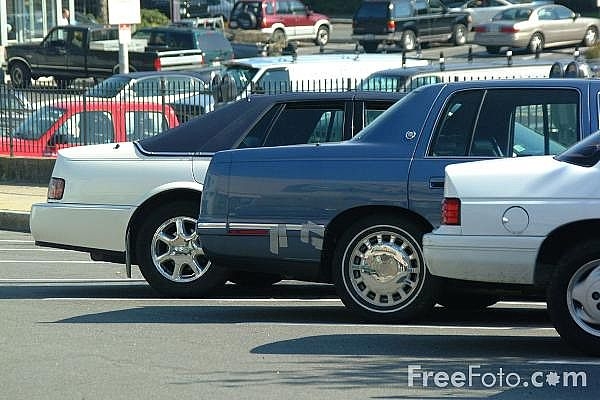
Car break-ins happen millions of times a year in the US alone. While it is virtually impossible to totally prevent a car break-in, there are ways to decrease the possibility that your car will be the subject of a break-in.
Car break-ins don't just happen at night in bad neighborhoods. They happen in broad daylight in all kinds of neighborhoods, in parking lots, parking decks, and on the street.
To prevent YOUR car from being broken into, follow a few simple guidelines:
Leave NO BELONGINGS visible inside the car.
In other words, don't tempt fate. Leaving valuables, or what may appear to be valuable inside your car in plain view is asking for trouble. (I know a person whose car was broken into because they had important office paperwork in a computer box. The window was smashed and the box stolen for what would have been worthless to the thief. But the box had once packaged a computer and the thief thought that was what he was getting.)
Do not assume you know what is valuable.
Value, like beauty, is in the eyes of the beholder. To a person who wants to smoke a cigarette and doesn't have a match, a lighter may be worth the deed. Or the cigarettes themselves, of course. Loose change in a cupholder--my particular foible--is also inviting a thief to break into your car. Don't do it. If you want to keep loose change handy, put it in the ash tray and close the ash tray before you get out of the car.
Lock your car to prevent break-ins.
I know this goes without saying, but sometimes we think we are just going to be a minute at the convenience store, etc. But it only takes a few seconds to remove valuables from an unlocked car.
(There is an email going around about carlock security codes being stolen by hidden thieves when car doors are locked using the lock button on the key fob. According to my research, car manufacturers have solved this problem by designing locking systems that generate random codes, making it a very time-consumng and technically difficult challenge to unlock a car by cracking it's security code. Most thieves won't take the time or have the expertise or equipment.)
Park in well-lighted areas at night.
Depending upon the neighborhood, this may or may not be a deterrent. But there are other safety issues to be considered, as well. So choosing a parking place that is well lit is always good practice.
Avoid taking purchases to your car and stowing them
Sometimes, especially around Christmas time when we are doing a lot of shopping, we will take our purchases to the car to unload our arms so we can return to the mall or shoppping strip and do more shopping. My suggestion is that if you have to stow and return to shopping, move your car if at all possible. (I have a friend who lost her purse and many valuable Christmas gifts from the trunk of her car, and the only sign of damage to the car was a dent beside the keyhole. Apparently a hammer blow was enough to break the lock.)
If a would-be thief is watching you stow your packages, he will be deterred if he sees you leave. I know it is not always easy to find a parking space during peak shopping hours, but replacing all your stolen items is no walk in the park either.